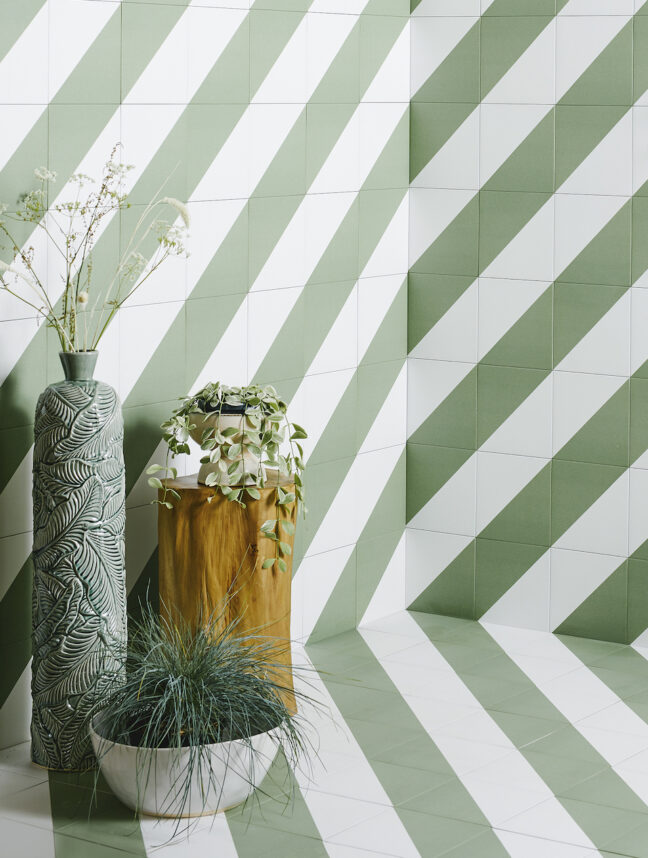Summer might be a time to be lured outdoors yet designers and brands never cease to come up with new ideas or fresh interpretations of classic styles that find their way into our homes whatever the weather. This season, we’re witnessing a growing band of high-end brands creating sustainable and covetable homeware and a global craze for hand-painted indoor murals. On a more pop tip, graphic stripes and arty mirrors are also in vogue. Effect Magazine flags up five summer interior design trends making a major splash this season.
Hand-painted, indoor murals
The last time hand-painted indoor murals were hugely popular was in the 1980s. Now they’re making a comeback on a global scale. Outdoor murals in the style of designer Camille Walala’s jazzy decoration of external walls in Shoreditch, east London perhaps paved the way for this. Indoor murals in the 1980s were different, however. They were usually more naturalistic – virtuoso exercises in trompe l’oeil scenes. Now they are more expressive than illusionistic, often featuring abstract or stylised figurative motifs. Artist and designer Chiara Perano has painted an exuberant, abstract mural at London hotel The Berkeley, its colours nodding to the limpid blues of its rooftop swimming pool and the greens of neighbouring Hyde Park.
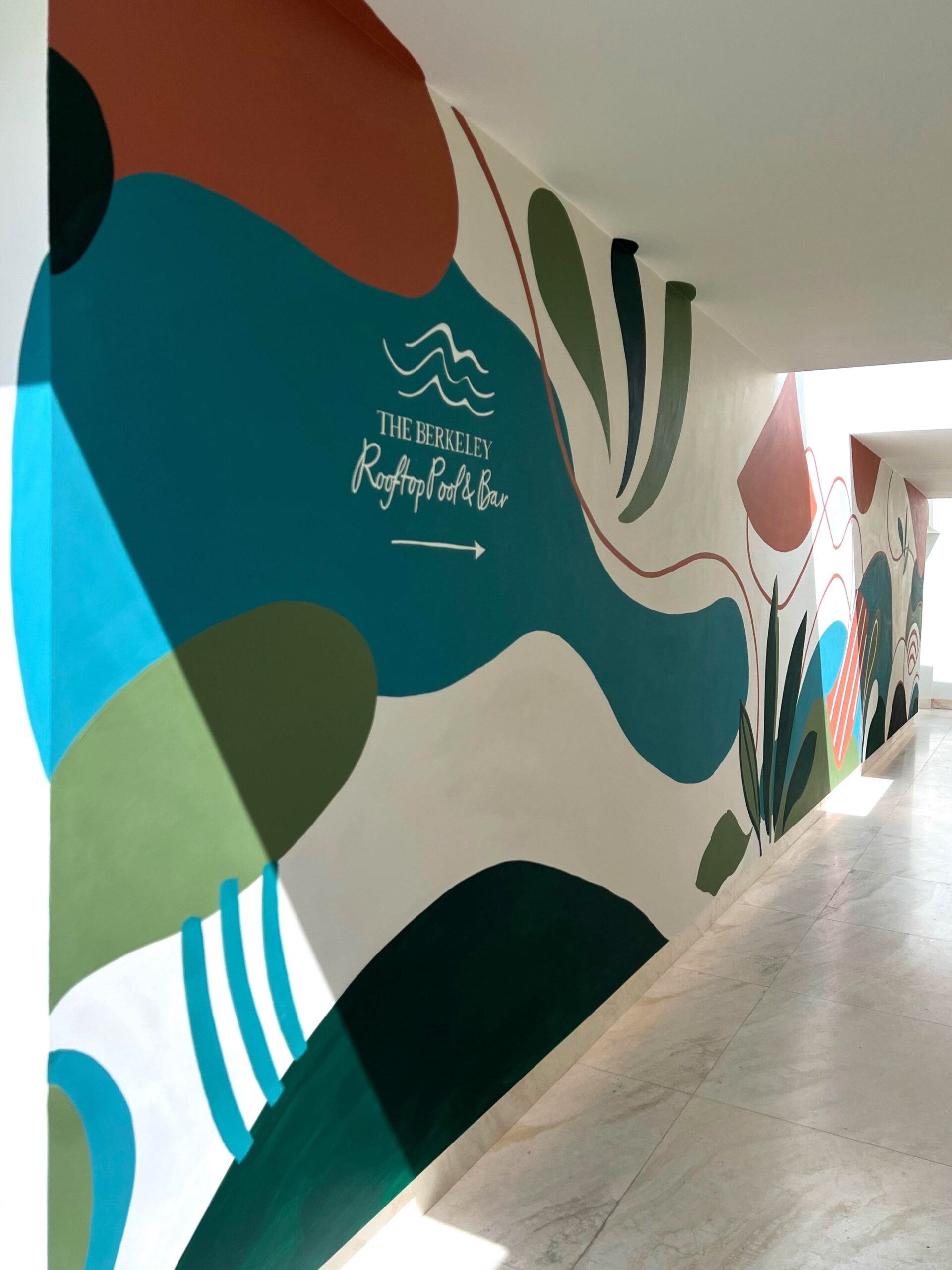
Murals today are often site-specific. Proper Hotel in downtown LA – a Kelly Wearstler-designed scheme that studiedly references Los Angeles’ multicultural artistic traditions – boasts a busy mural by Abel Macias. Its interior aims to reflect the city’s Mexican, Portuguese and Spanish influences, and Macias’s mural teems with exotic, outsized flora and fauna inspired by Mexican folk tales.
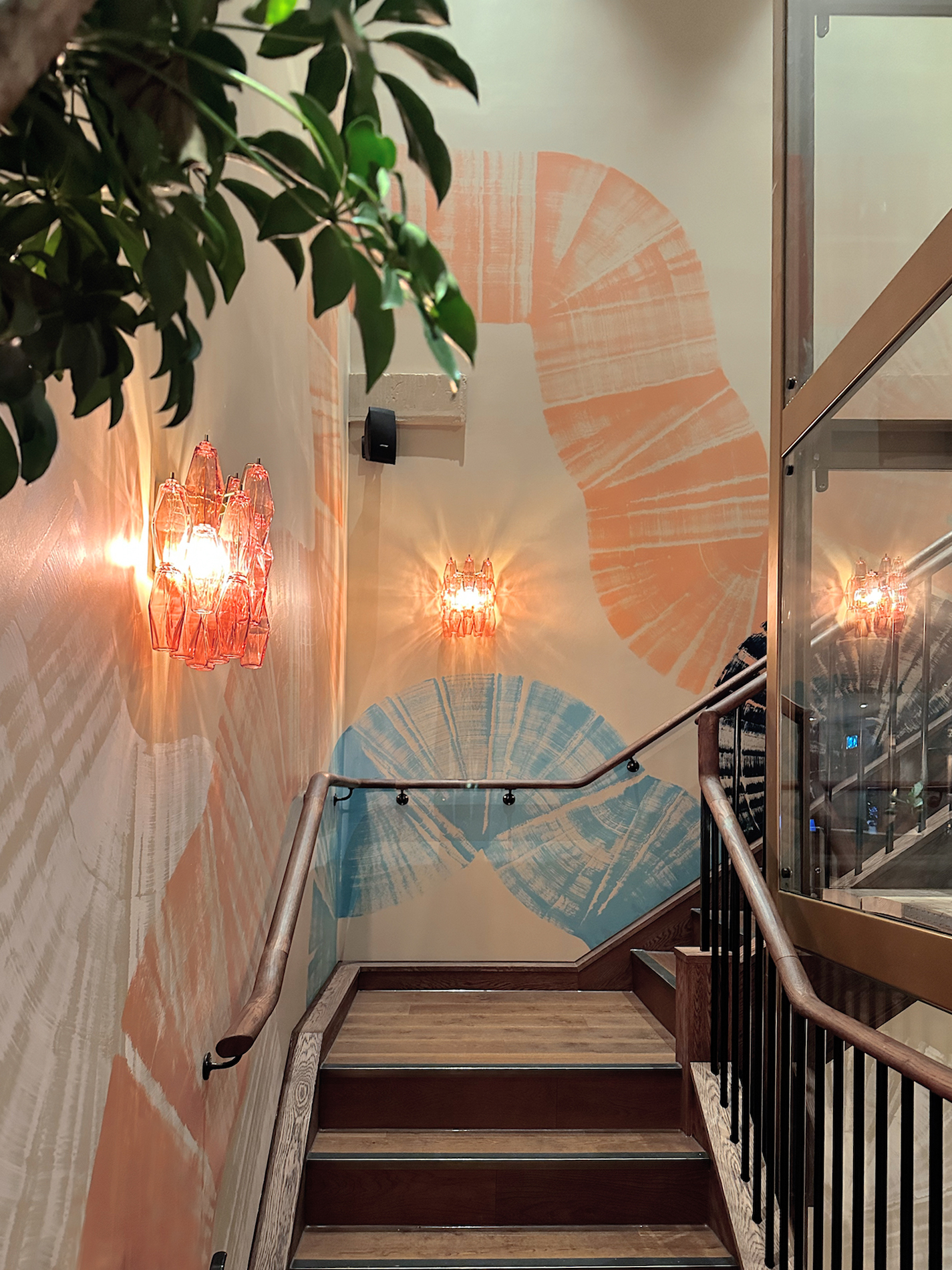
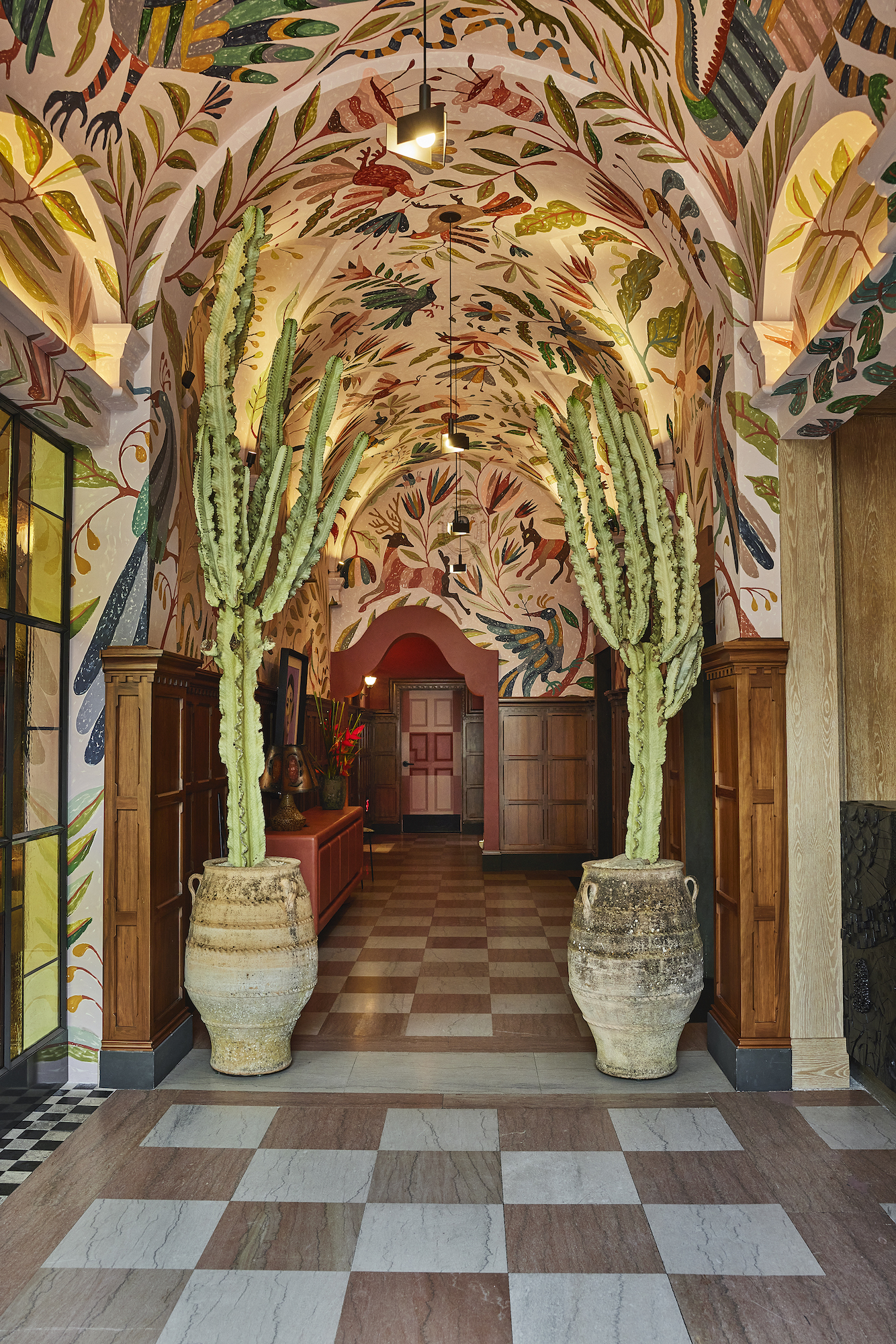
By contrast, Chris Trotman, graphic designer and co-founder of design studio Run for the Hills, has dreamt up an abstract mural for the Townhouse in Guildford, Surrey, a bar, café and co-working space owned by UK group Coppa Club. Improvising by making and using a ‘multibrush’ (a plank of wood incorporating a row of paintbrushes), he decorated some of its walls with spontaneously applied broad-brush tracks of salmon pink, baby blue and navy paint climbing walls flanking a staircase.
Homeware with a conscience
High-end brands are increasingly endorsing sustainable practices, resulting in desirable homeware. Two brands, Haines – an online platform that resells luxury fabrics and offcuts – and fashion label Daydress recently joined forces to create cushions, bolsters and lampshades made from a surplus of Daydress’s hand block-printed fabrics. Aesthetically, the Haines x Daydress wares chime with the cottagecore trend (think pretty, thoroughly British prints with a 1980s Laura Ashley vibe).

“I started speaking to Gabby Deeming, creative director of fashion label Daydress, last year about repurposing a surplus of last season’s fashion fabrics into soft furnishings,” says Jules Haines, founder of Haines, who, to date, has repurposed over 24,000m of luxury fabrics, transforming them into homeware in her mission to divert them from landfill. The company also sells reclaimed furnishing fabics by the metre. “We know a lot more now about the potential damage of our actions, and consumers now expect high-end companies to prove their eco credentials,” reasons Deeming. “If they don’t, they find themselves cut off by shoppers who are much more educated and responsible compared with 10 years ago.”
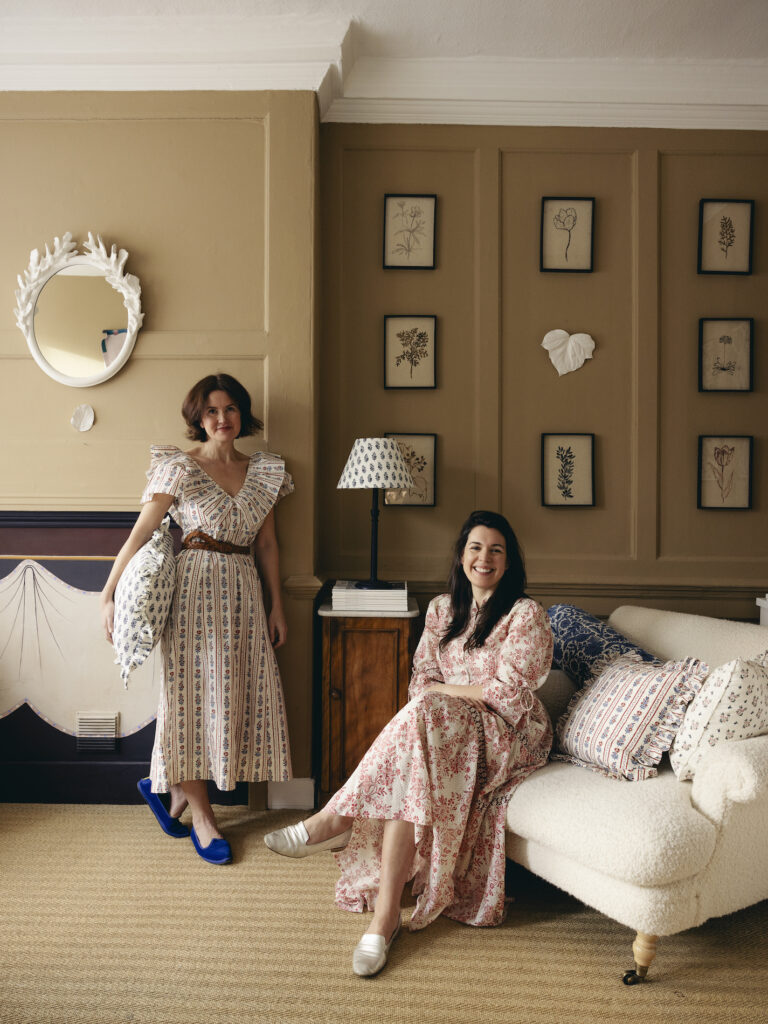
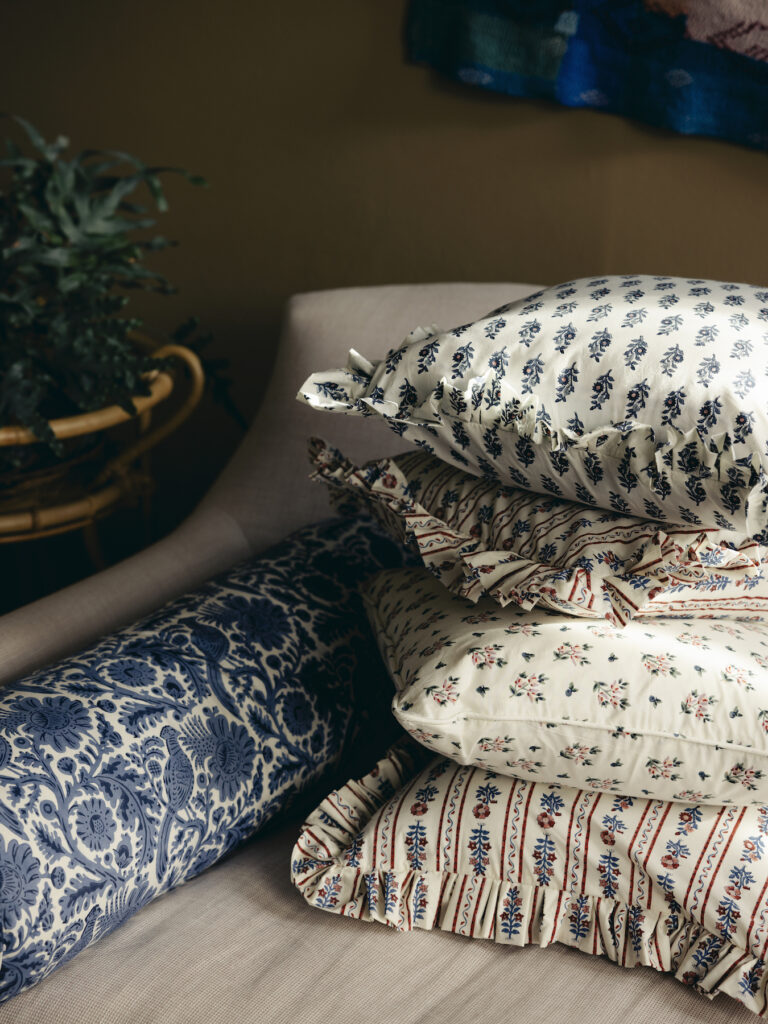
Meanwhile, Henry Holland closed his fashion label House of Holland just before the pandemic and took up ceramics. During lockdowns, he started making his own version of ceramics following the Japanese ceramic technique of nerikomi that produces swirling, marble-like striations. His wares were picked up by Liberty and he recently founded his homeware brand Henry Holland Studio. His collection Space is made from waste materials from his nerikomi pieces, and includes candlesticks and bowls, each of which is unique. “The slower nature of the homeware industry, my new company’s hand-made pieces and made-to-order approach all address issues around mass-production and over-production,” says Holland.
Running with stripes
Stripes are an archetypal pattern, familiar on everything from barber poles and gondolas’ mooring poles to the canvas awnings of French cafés. Now stripes, albeit of a less classical kind, are catching on in homeware. Take Colours of Arley’s range of striped fabrics made of recycled plastic bottles. The company invites customers to choose their own bespoke combo of stripes from a colour chart of 180 shades. It also offers vintage pieces – a collection called The Vintage Drop (items include lampshades and upholstered chairs) featuring its signature striped fabrics, chosen by journalist Jess Alavi-Ellis – and ready-made items, such as its Cocktail cushions trimmed with a flouncy frill available in such luscious colourways as Maroon and Sherbet.
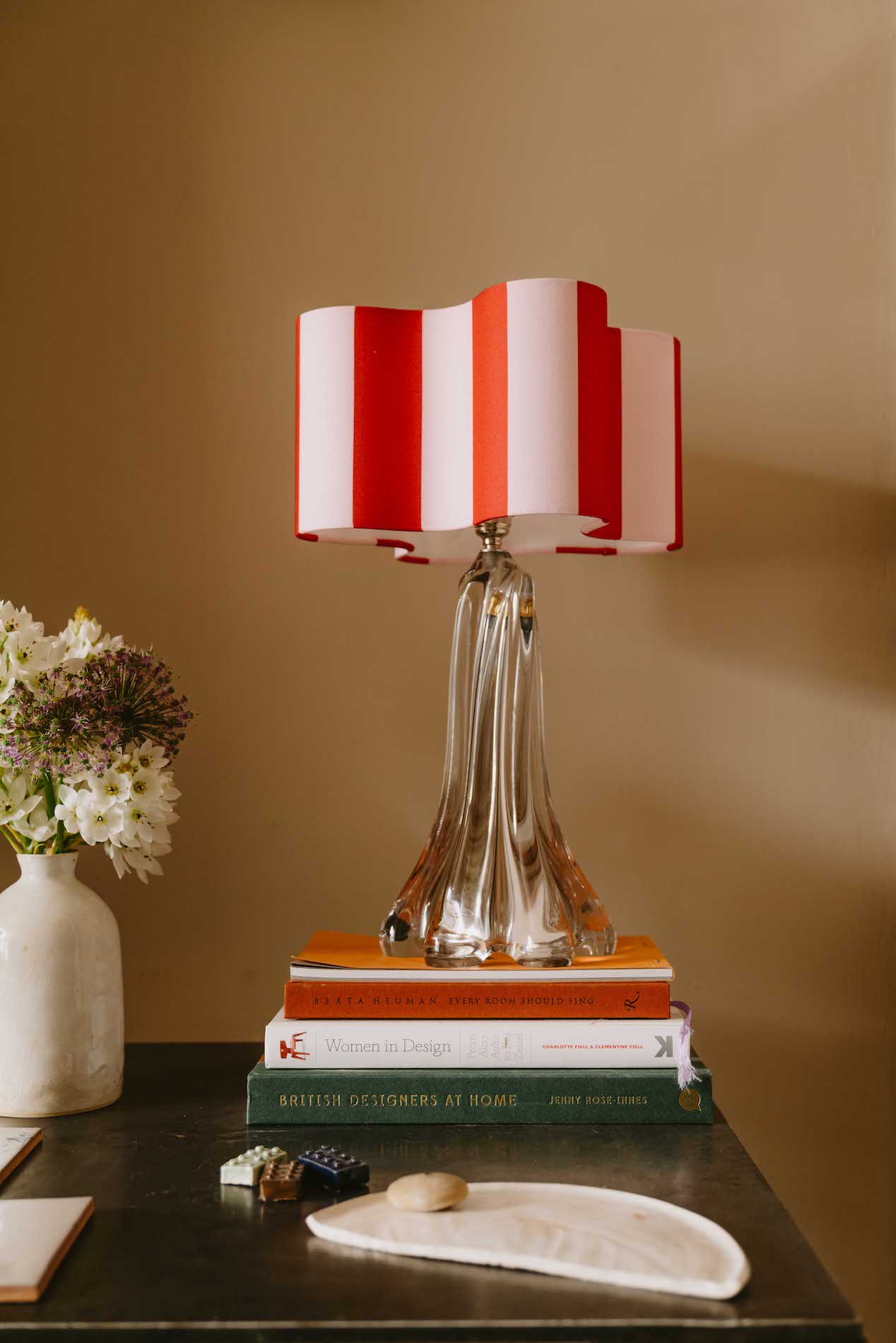
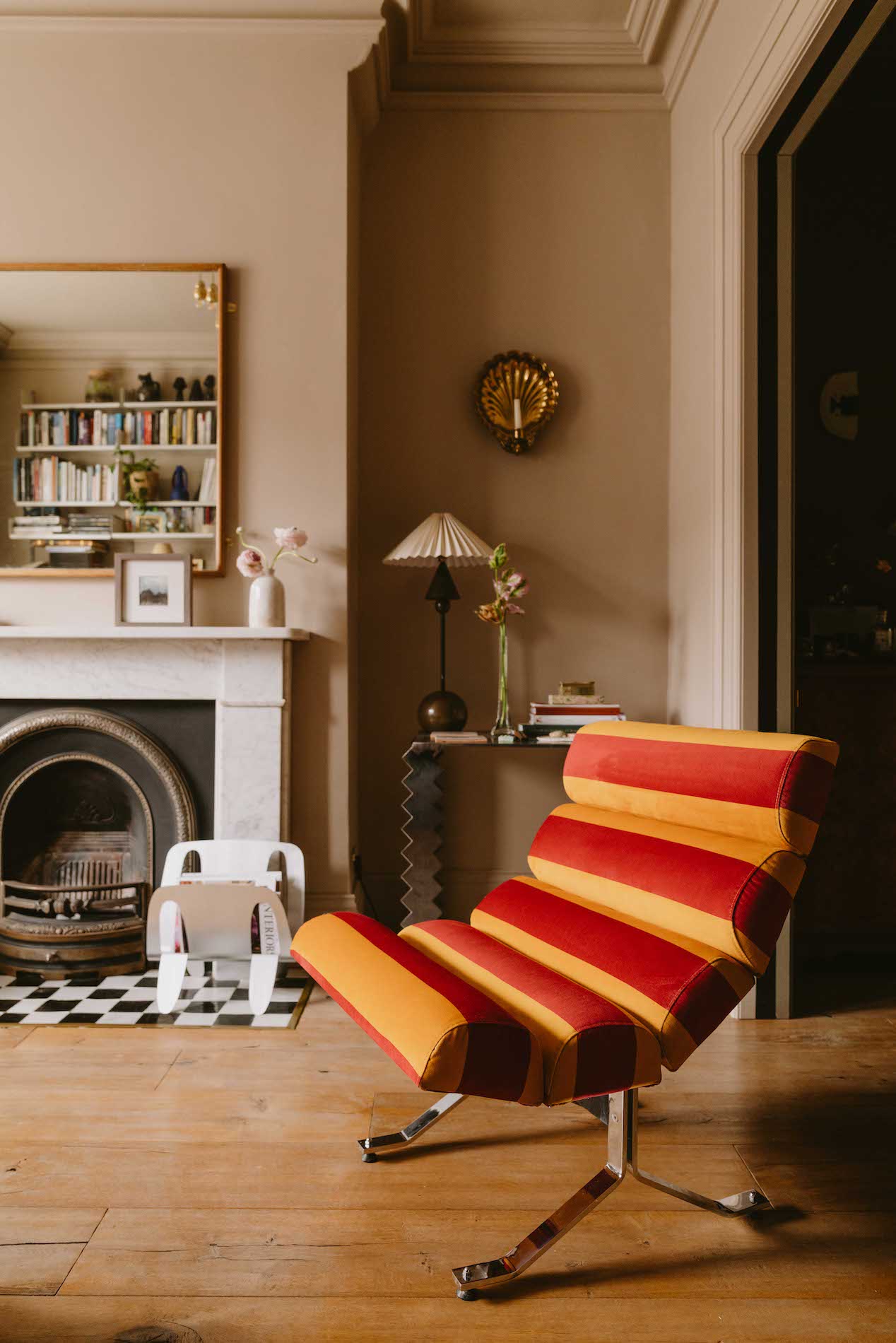
“Stripes and their enduring charm are a simple way to introduce pattern without committing to a busy print,” says Colours of Arley founder Louisa Tratalos. “Super-versatile, stripes can be incorporated into most schemes, so whether your home leans towards casual coastal, classic farmhouse or Mid-century Modern, they seamlessly blend in.”

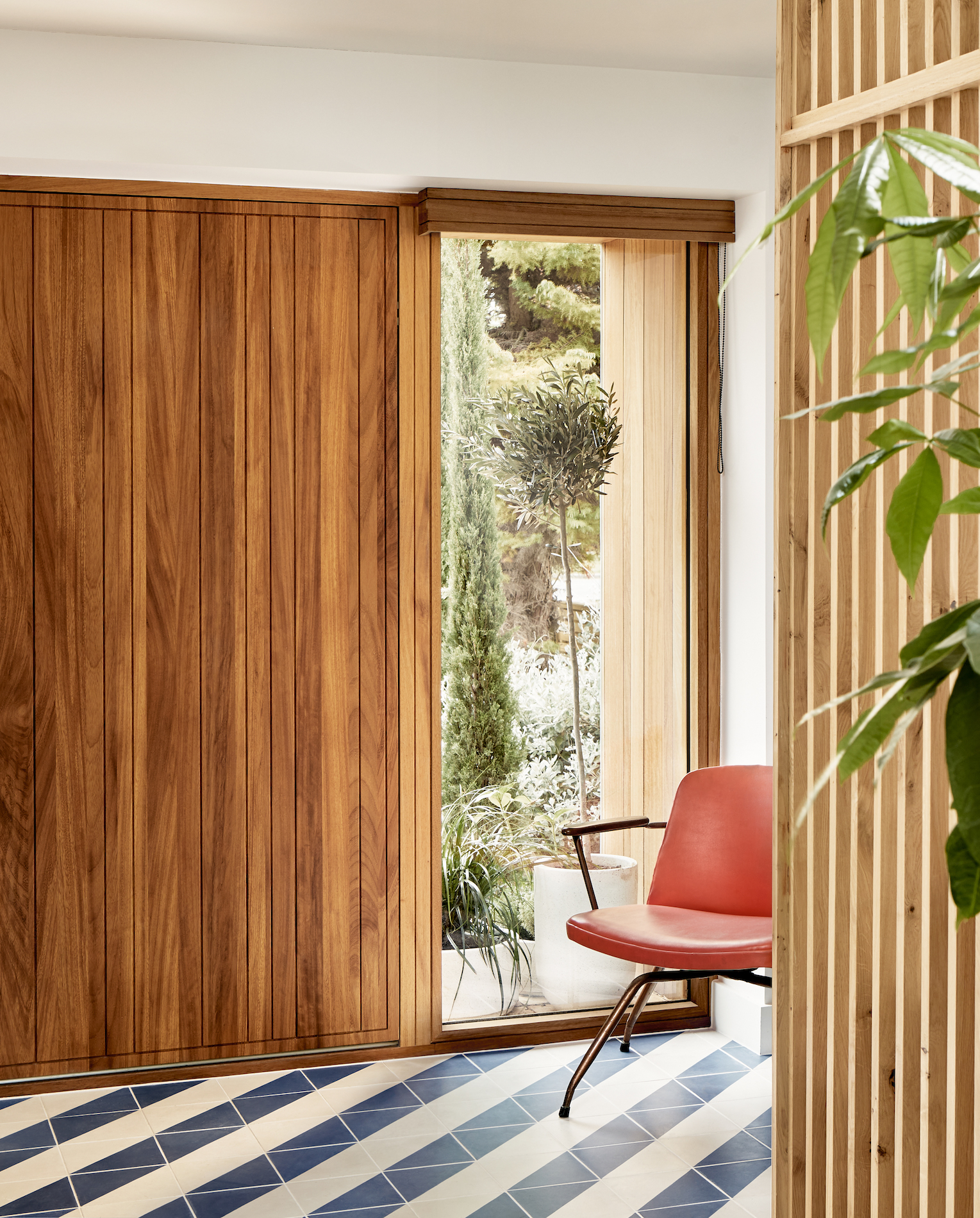
Ceramic tiles forming stripes are also cutting a strong dash on floors and walls, enlivening everything from hallways to shower units, as tile specialist Bert & May suggests doing with its Alalpardo tiles laid in crisp, graphic diagonal patterns.
Semi-functional mirrors
One unlikely but undeniable trend now is for mirrors that ambiguously tread a line between functional objects and art. For artists who like to bridge the gap between art and design, such mirrors are one way to achieve this. London-based Marianna Kennedy creates convex and concave mirrors that come in unexpected jewel-like colours and feature slightly trippy, distorted reflections.

Some of her mirrors can be seen at the Fondazione Luigi Rovati in Milan, a museum whose interior has recently been renovated and remodelled by Mario Cucinella Architects. It houses ancient Etruscan artefacts, 20th-century art and such contemporary pieces as Kennedy’s fairytale-like mirror whose baroque frame with thorny branches, some appearing to grow across the mirror’s surface, recall the brambles in Sleeping Beauty.
Functionality wasn’t foremost in the mind of designer Mia Jung when she came up with her limited-edition Cloud mirrors, available from London’s Charles Burnand Gallery. With their classic, gold oval frames and seemingly reflective, hand-silvered glass surfaces, these might resemble mirrors from afar. But, on closer inspection, the glass has an undulating, misty, old-gold finish that prevents it from being usefully reflective. The mirrors’ cloudy surfaces are inspired, she says, by fleeting natural phenomena, such as “a heat haze on the horizon creating a mirage-like effect”.
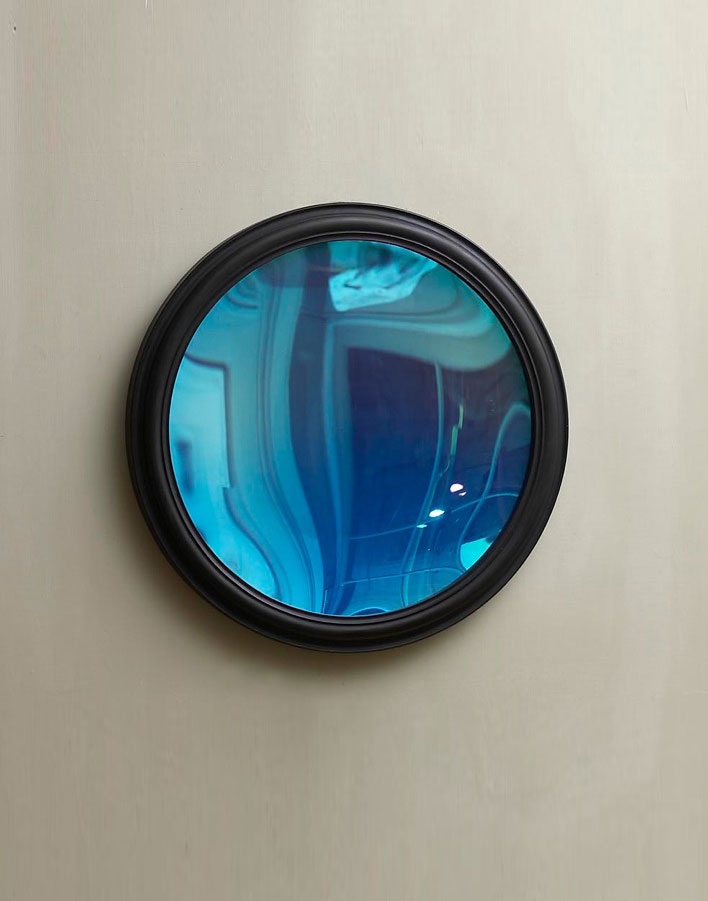
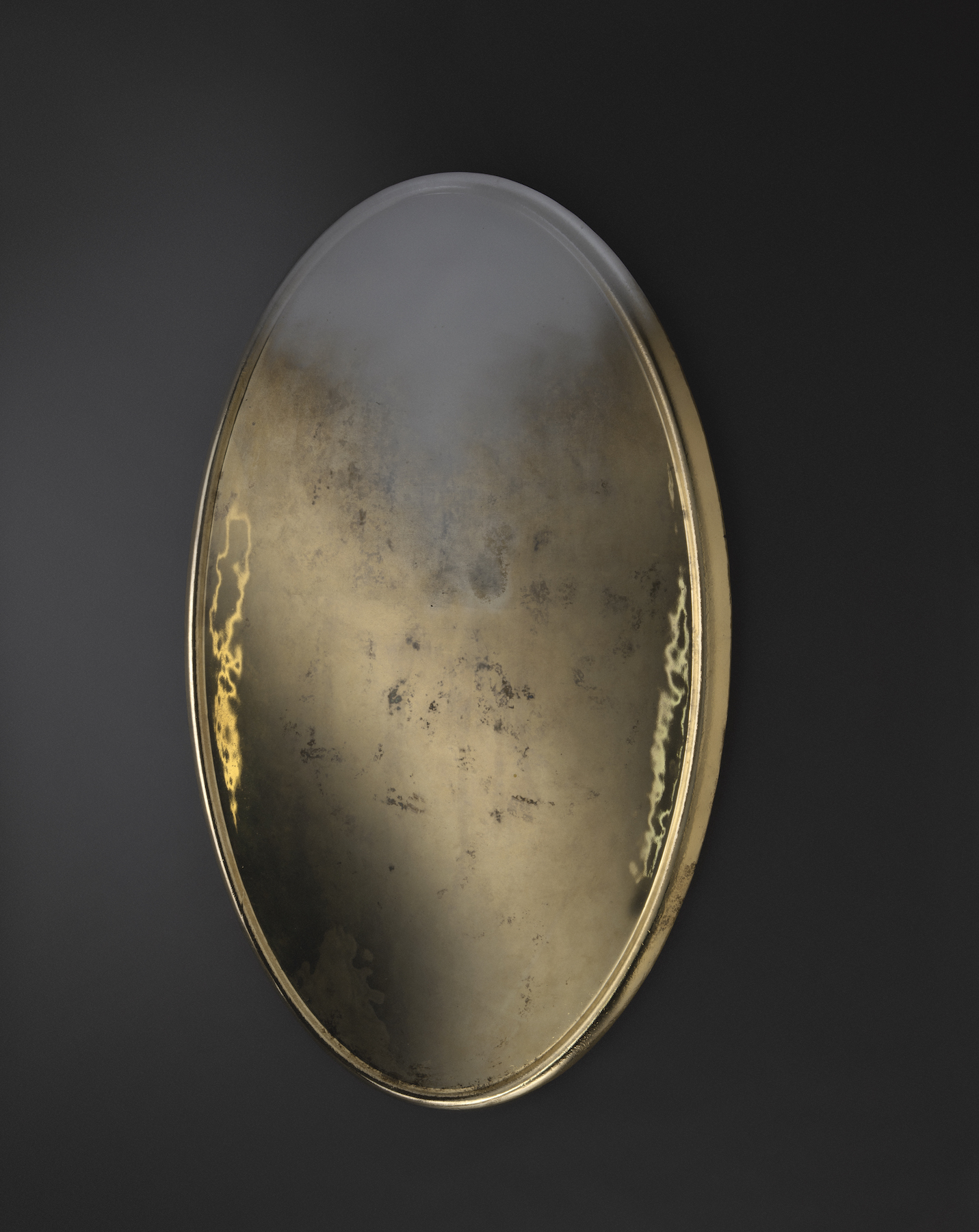
Kelly Wearstler is also in thrall to this trend, having collaborated with multidisciplinary artist Amelia Briggs to create whimsical mirrors made of reclaimed glass and latex whose scene-stealing frames resemble inflated forms. Wearstler has also teamed up with artisan Hagit Pincovici to create mirrors incorporating cast-bronze natural elements, such as palm husks in order to preserve the intricate details of their original natural forms.
Sociable sofas
Here’s one trend likely to last well into the autumn and perhaps into the foreseeable future – sofas for social animals. It’s perhaps not surprising that some designers are focusing on seating that encourages social interaction as a much-needed antidote to the enforced isolation many suffered during the pandemic. This thought is resulting in new alternatives to conventional rectangular sofas. Of course, designers often successfully experimented with free-form modular sofas in the 1960s and 1970s, creating sofas that could be reconfigured in a multitude of ways. A recent development of this is the crescent-shaped or curved sofa that is conducive to socialising since it makes it easier for people sitting together on it to face each other and chat.
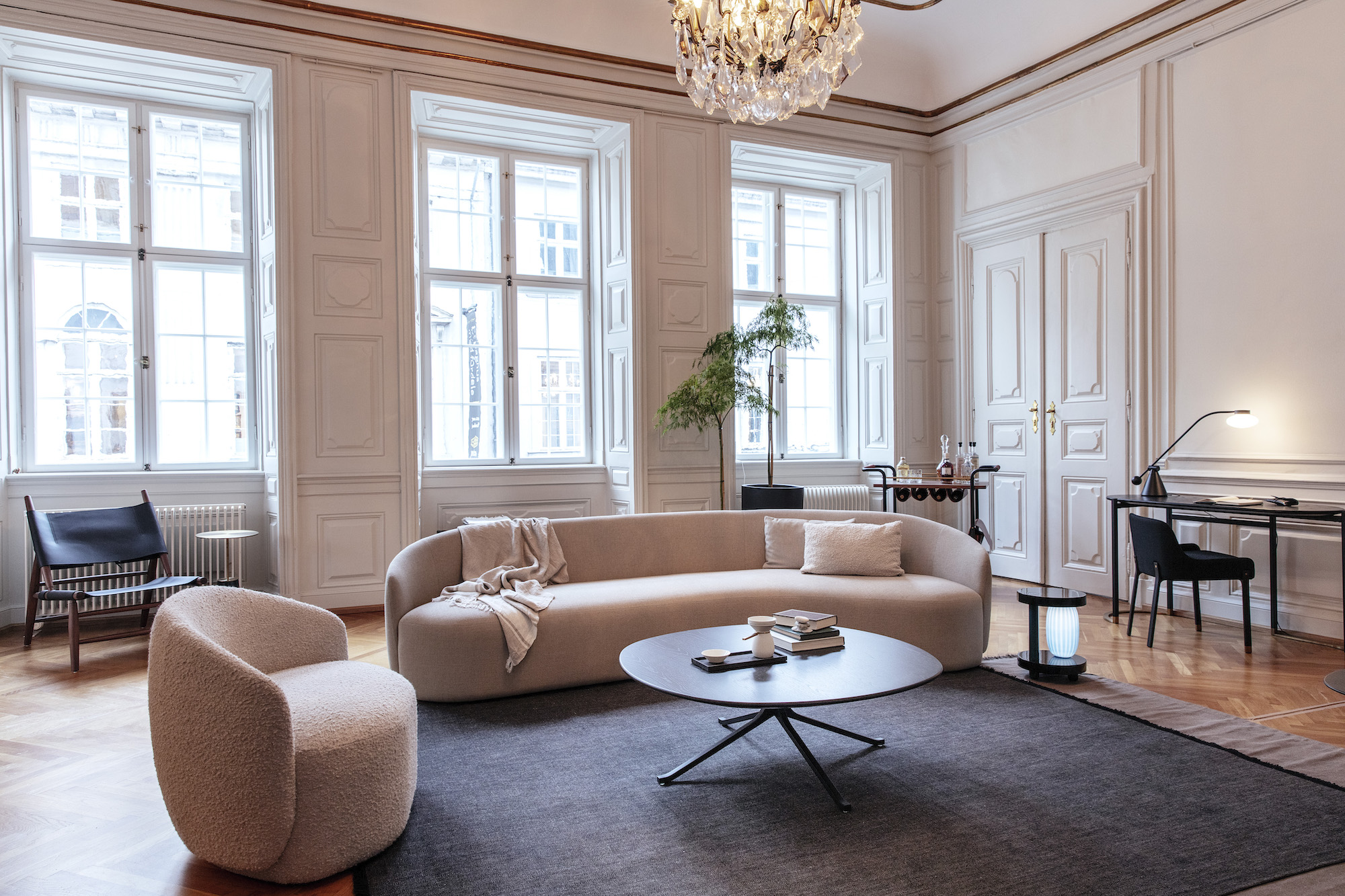
London design emporium Heal’s has long championed the work of young designers, including Lucy Kurrein, now an undisputed queen of the innovative or unusual sofa. Her Isola sofa and accompanying large ottoman, both inspired by the organic contours of coastlines or islands, are ergonomically appealing and lend themselves to socialising.
What’s more, the curved corner unit appears to be taking over from – or at least rivalling – the classic L-shaped sofa; witness the curved corner version of the Lilli sofa, created by Danish studio Says Who for Heal’s.
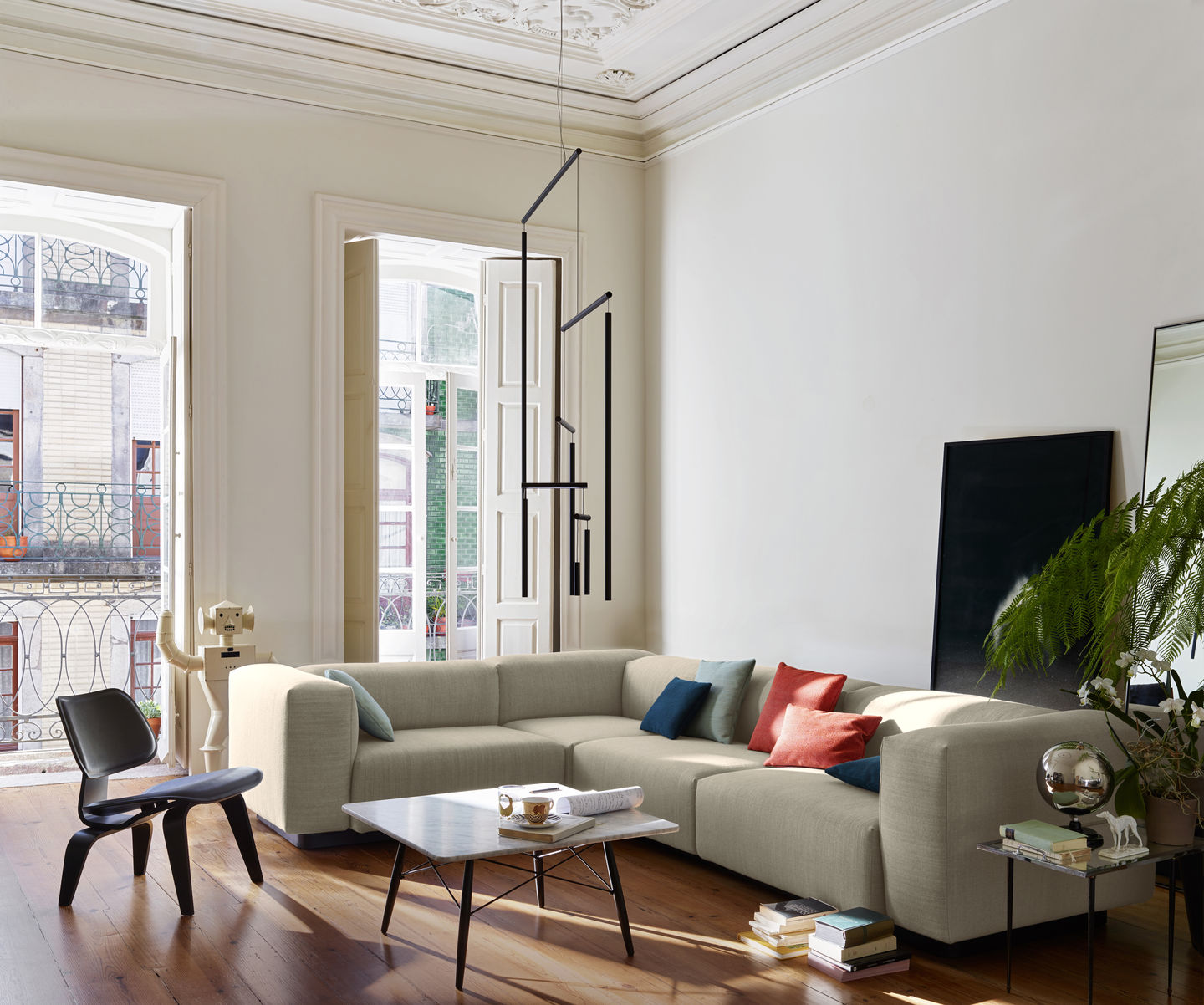
There are many other sofas that satisfy a post-Covid longing to hang out with friends and family; others include design duo Yabu Pushelberg’s sleek yet roomy Taylor design for Stellar Works and Jasper Morrison’s Soft Modular sofa for Vitra.
Read more: Interiors | Trends | Design Fairs | Restaurants | Living Rooms | Dining Rooms | Bathrooms | Design



